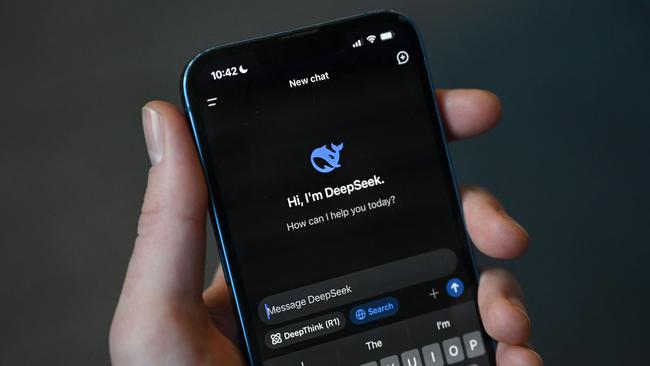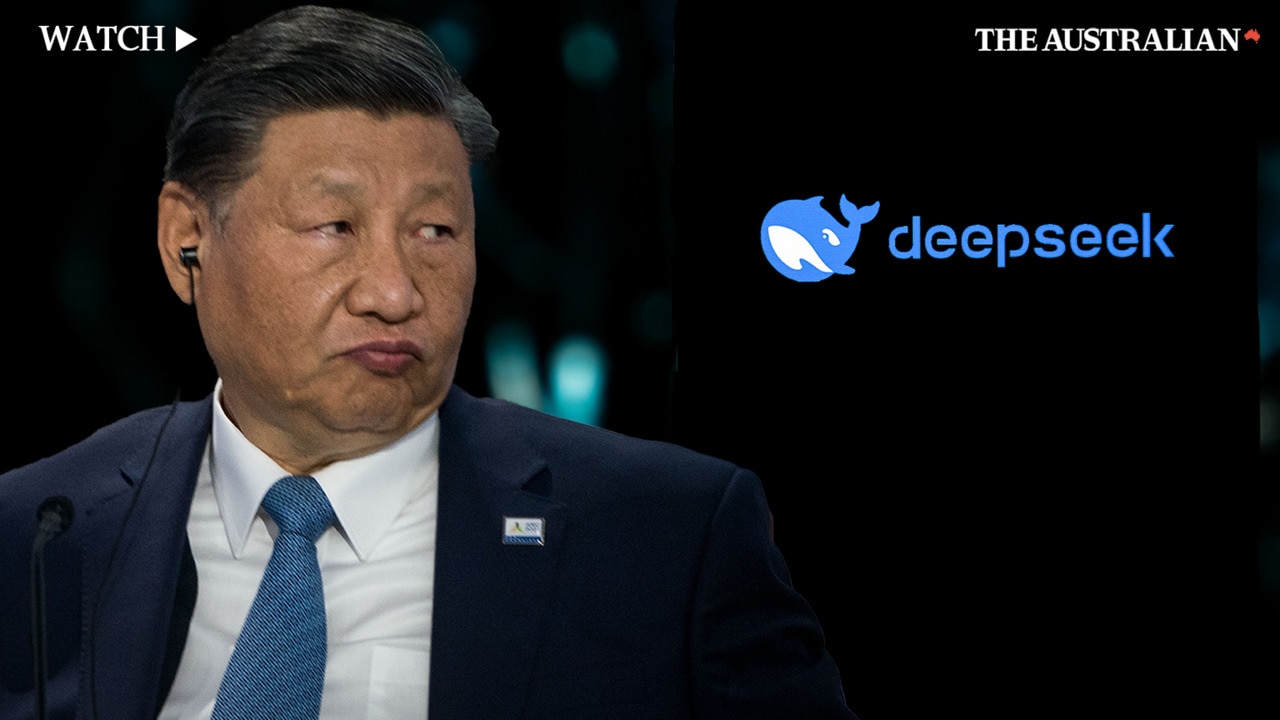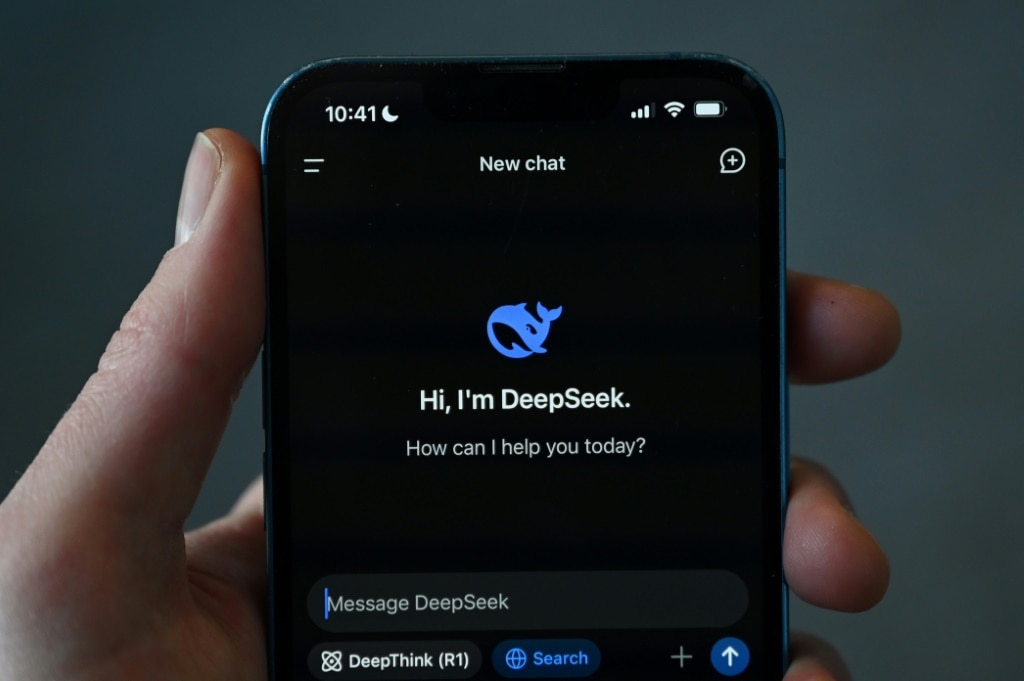Why DeepSeek won’t sink US AI titans
Panic fueling the selloff of Nvidia, Broadcom and other tech giants is overblown.

Necessity might be the mother of all invention, but sparking the mother of all selloffs seemed like a stretch. That wasn’t the case Monday morning, though, as U.S. markets opened to fresh fears about DeepSeek. The Chinese artificial-intelligence startup announced a significant breakthrough late last week with AI models that perform nearly on par with advanced U.S.-born technology. The rub is that DeepSeek claims to have trained one of its latest models for US$5.6 million (AU$8.8m) in computing costs—a fraction of what is currently spent on this side of the Pacific on the same activity. OpenAI’s GPT-4 model that was launched in late 2023 cost more than $100 million to train, according to Chief Executive Sam Altman. In a podcast last year, Anthropic CEO Dario Amodei said the cost to train some models is approaching $1 billion.

Such blowout costs have been great news for companies such as Nvidia (NVDA, -16.86%), Broadcom (AVGO, -17.40%), and Marvell, which have seen their market values surge due to the explosive demand for AI chips and services. The high entry price of AI—and U.S. government sanctions limiting the sale of advanced AI chips to Chinese companies—also serve as a competitive moat for tech titans like Microsoft (MSFT, -2.14%), Amazon (AMZN, +0.30%), Google, and Meta Platforms (META, +1.91%). These are among the few companies with enough capital to build expensive AI networks at scale.
DeepSeek’s breakthrough, however, signals bad news for nearly every company with a market capitalization exceeding $1 trillion. Nvidia and Broadcom shares plunged more than 14% by Monday afternoon, leading a chip-sector selloff that erased over 8% from the PHLX Semiconductor Index. Microsoft and Google parent Alphabet (GOOGL, -4.17%), both leaders in AI-based cloud-computing services, saw their shares drop about 3% in morning trading. Meanwhile, the tech-heavy Nasdaq slid 3%, contrasting with a slight gain in the blue-chip Dow Jones Industrial Average.

The selloff seems excessive. Much remains unknown about DeepSeek’s claims, including what sorts of chips the company had access to despite the effect of sanctions. Several chip analysts on Monday disputed the notion that DeepSeek built something on par with advanced U.S.-based AI models at such a low cost. “DeepSeek DID NOT ‘build OpenAI for $5 million,’ ” wrote Stacy Rasgon of Bernstein. “The ‘DeepSeek’ moment is driving investors to shoot first and ask questions later,” wrote Joshua Buchalter of TD Cowen. “While DeepSeek’s achievement could be groundbreaking, we question the notion that its feats were done without the use of advanced GPUs to fine tune it,” wrote Atif Malik of Citigroup.
More important, such a technical breakthrough is unlikely to cool the AI race or even cut down the funds being poured into it. Addressing the comparison of DeepSeek to Sputnik, Edward Yang of Oppenheimer said the Space Race didn’t result in less money going out the door. “Increased competition rarely reduces aggregate spending,” he wrote in a note to clients. Pierre Ferragu of New Street Research noted that more advanced “frontier models” will still need to push the technical edge and use the most advanced computing resources, while smaller “lagging edge” models will push to develop more cost-efficient AI features.

“DeepSeek is not a game changer, and on the contrary fits very well with the way we have seen the industry evolving in the last three years,” Ferragu wrote.
Indeed, DeepSeek’s breakthrough comes just as AI spending appears to be getting another leg up. Meta CEO Mark Zuckerberg announced plans on Friday to boost capital spending yet again to as much as $65 billion this year alone. That came on the heels of the Stargate Project involving OpenAI, SoftBank and Oracle that aims to spend as much as $500 billion on AI infrastructure.
Microsoft, which reports quarterly results on Wednesday, will be the first big tech company with the opportunity to signal whether DeepSeek’s breakthrough will deep-six its investment plans. The company is expected to drop about $84 billion in capital spending for the fiscal year ending in June and $94 billion in the next year, according to consensus estimates from Visible Alpha. So far, the company certainly isn’t signaling a plan to pull back on its ambitions.
“As AI gets more efficient and accessible, we will see its use skyrocket, turning it into a commodity we just can’t get enough of,” wrote Microsoft CEO Satya Nadella in a post on X on Monday morning.
The AI spending war might just be entering a new phase.
The Wall Street Journal



